BREAKTHROUGHS
HOW MUCH GLUTEN IS REALLY SAFE?
Around the world, medical experts and individuals with coeliac disease face the same question: how much gluten is ‘safe’? Here’s what the research shows.
The definition of ’gluten free’ varies around the world. There are a limited number of high-quality studies that have examined safe thresholds of gluten for those with coeliac disease. One commonly cited study to establish a safe gluten threshold is by Catassi and colleagues, and involved 39 people, and found that consuming 50mg of gluten each day for three months was harmful for most of the participants. Most who consumed only 10mg per day seemed to be okay – though not all were, so the researchers were not able to make any firm conclusions about this amount of gluten.
Nevertheless, this study has largely informed global food legislation.
In most of Europe, the UK and the USA, food products are considered ‘gluten free’ if they contain less than 20 parts per million (ppm).
Food Standards Australia New Zealand defines gluten free as ‘no detectable gluten’ – which in practice means the gluten content needs to be lower than the current limit of detection of food testing assays.
When the Australian gluten-free standard was introduced in 2001, the sensitivity of the test for gluten was 30ppm. The current limit of detection is around 3ppm. There have long been concerns regarding the impact of the different and ever-changing standard in Australia.
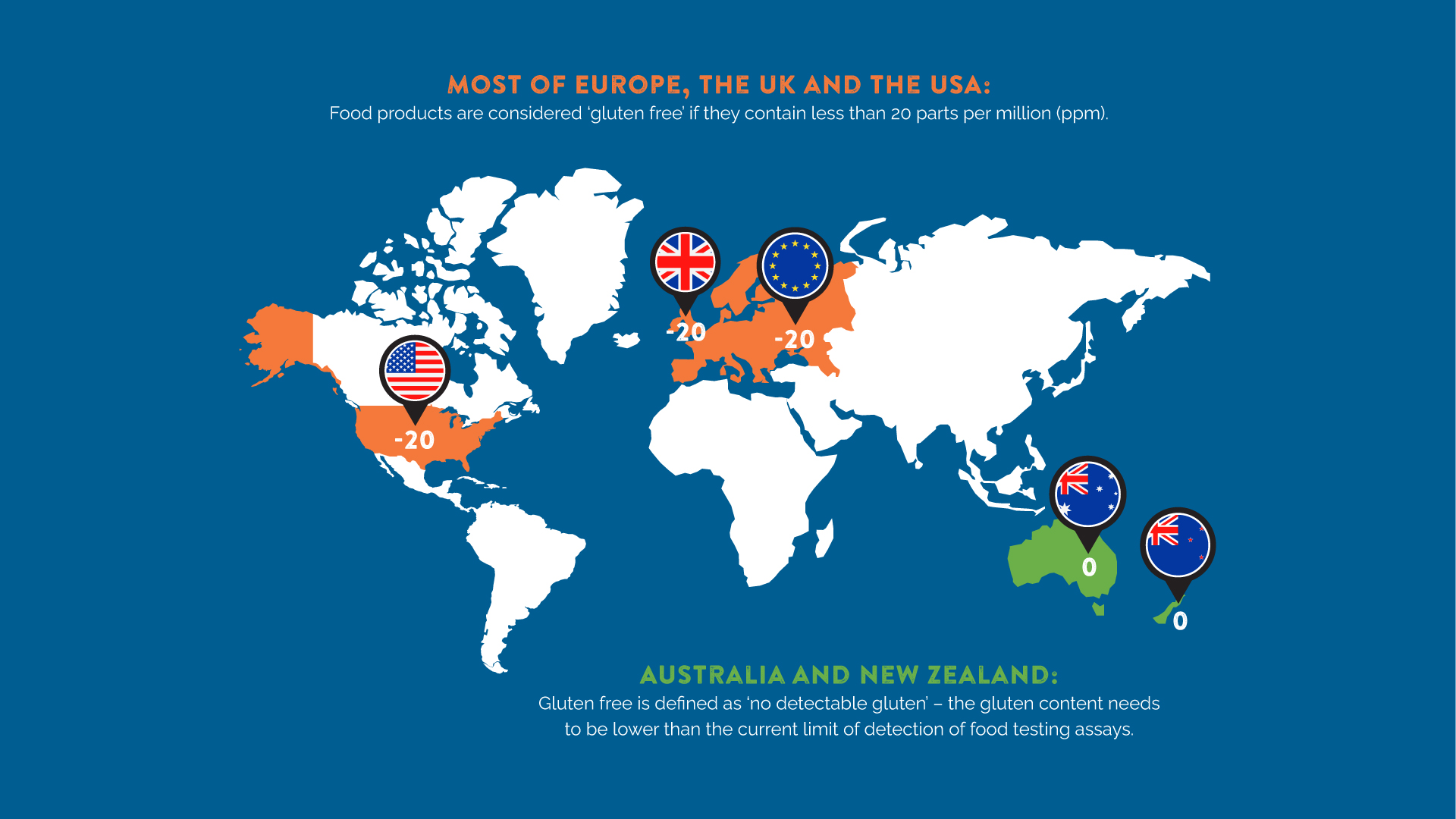
HOW DOES 'PARTS PER MILLION' IMPACT US?
Parts per million (ppm) of gluten means ‘milligrams of gluten per kilogram of food’ (mg/kg) — it is a concentration of gluten in food.
We all eat different amounts of different foods each day. If we know the ppm of gluten in a particular food and the amount of the food consumed, we can determine the amount of gluten ingested. For example, if a product contains 20ppm of gluten, you would need to ingest 500g of that product to ingest 10mg of gluten (the amount deemed safe for most in the Catassi study).
In Australia, regulatory standards over gluten labelling have erred on the side of caution, but are they unnecessarily restrictive? Will we potentially lose gluten-free options in Australia because of it? Is this a significant barrier to the importation of food? Will this ultimately impact the cost and availability of our gluten-free food?
Equally, what is the amount of gluten that activates the harmful immune response in people with coeliac disease? Do we know how much is harmful just as a one-off exposure as compared to three months of gluten?
KEY TAKEAWAY:
- In Australia and New Zealand, food products need to have ‘no detectable gluten’ to be labelled gluten-free.
- Will this limit food options for people with coeliac disease in Australia and New Zealand?
HOW MUCH GLUTEN IS ACTUALLY 'SAFE'?
The short answer is that we don’t really know. There is a distinct lack of high-quality studies that clearly define a ‘safe’ level of gluten intake for people with coeliac disease. Regulatory bodies such as Food Standards Australia New Zealand the Food and Drug Administration in the US, the Food Standards Agency in the UK and European Food Safety Authority have reviewed the same literature, but have arrived at different standards, perhaps because research findings to inform decision-makers are limited, and the quality of available studies is not consistent.
While medical evidence may not currently exist to support a defined threshold, this does not mean a safe threshold does not exist – it simply means the necessary definitive studies to establish one have not occurred yet.
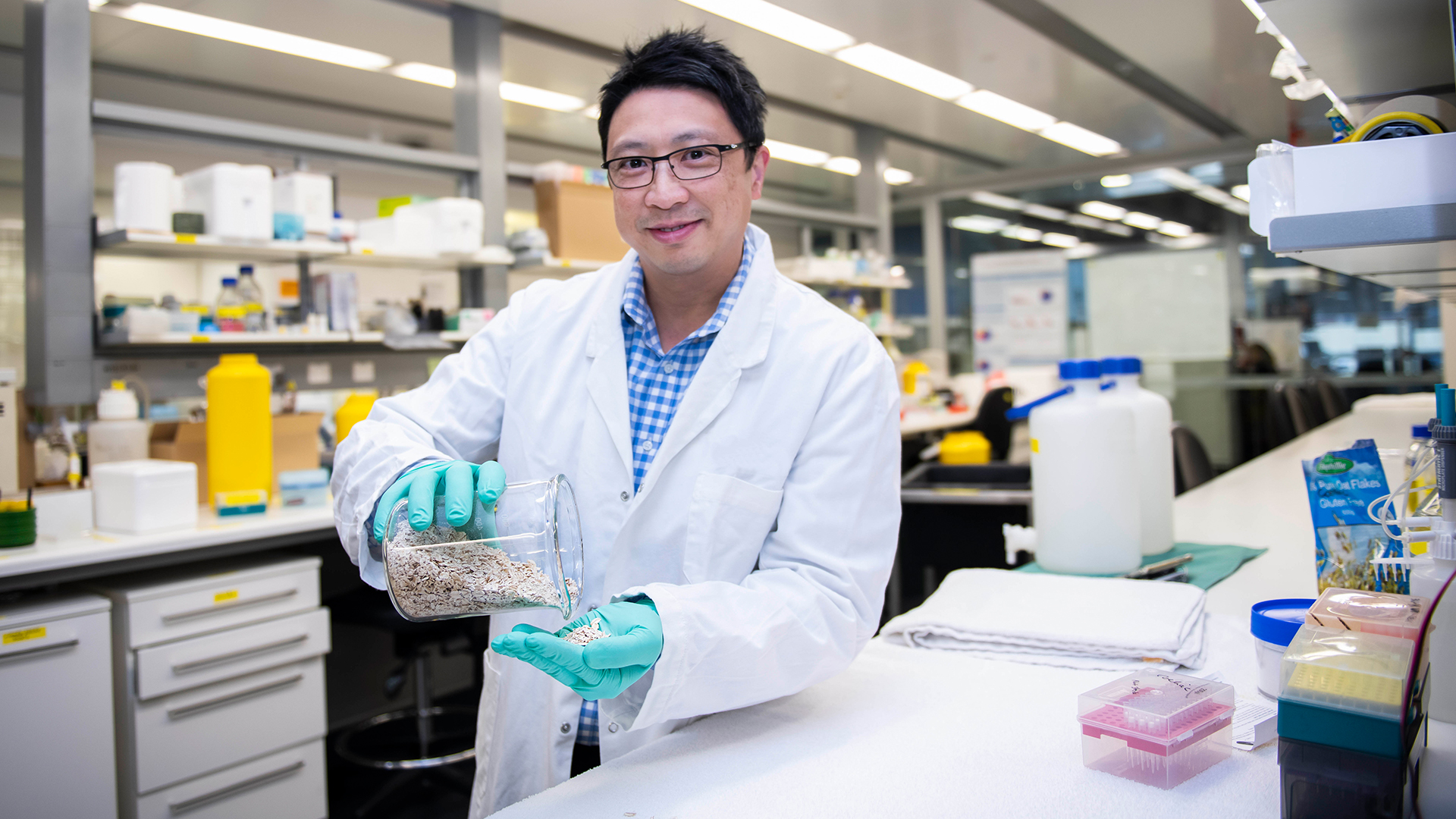
FINDING ANSWERS
In recent years, a blood-based immune marker called Interleukin-2 (IL-2) has been developed. IL-2 allows researchers to determine if the immune response is activated in a potentially harmful way when gluten is consumed by people with coeliac disease. In the past, people with coeliac disease have had to eat gluten every day for months with biopsies of the small bowel performed before and after the challenge period to determine if the amount of gluten being eaten is harmful.
The new IL-2 method involves a one-off gluten challenge followed by a blood test to determine if the person’s immune system is responding to the amount of ingested gluten or not. It is a much more sensitive marker of immune activation. Using this approach, Coeliac Australia is supporting research at Wesley Medical Research to help define the minimum amount of gluten that activates the immune response to gluten and causes symptoms in people with coeliac disease.
The work will for the first time provide this type of data to support threshold levels of gluten that may be ‘safe’ for people with coeliac disease. IL-2 will be used to measure immune activation following a single gluten challenge. The gluten dose will be gradually increased, or decreased, to determine the point at which immune activation is detected. Watch this space for updates!
SUMMARY:
- A universal threshold for safe gluten levels still needs to be established – but this doesn’t mean it isn’t within reach.
- Diagnostic testing using the new IL-2 method could change how people with coeliac disease are diagnosed and monitored.
READ THIS NEXT
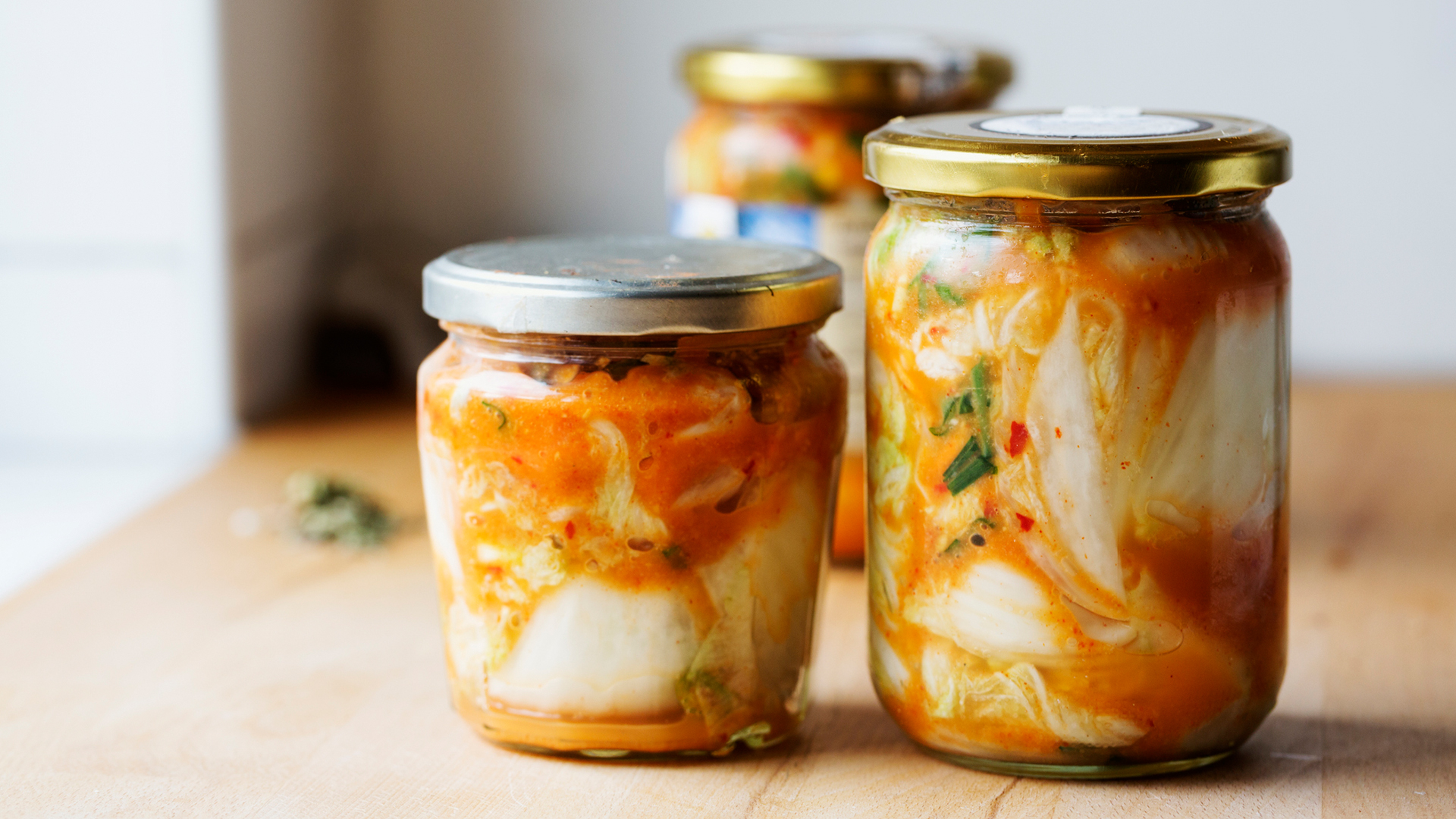
GLUTEN-FREE FOODS FOR GUT HEALTH
Can certain foods improve your gut health when you have coeliac disease? Get into the fascinating world of the human gut and the power of fermented foods.

WHY EXERCISE AND BONE HEALTH MATTERS MORE
Exercise for bone health is important for all of us, but if you have coeliac disease, the risk of osteoporosis is greater. Here's what you can do.
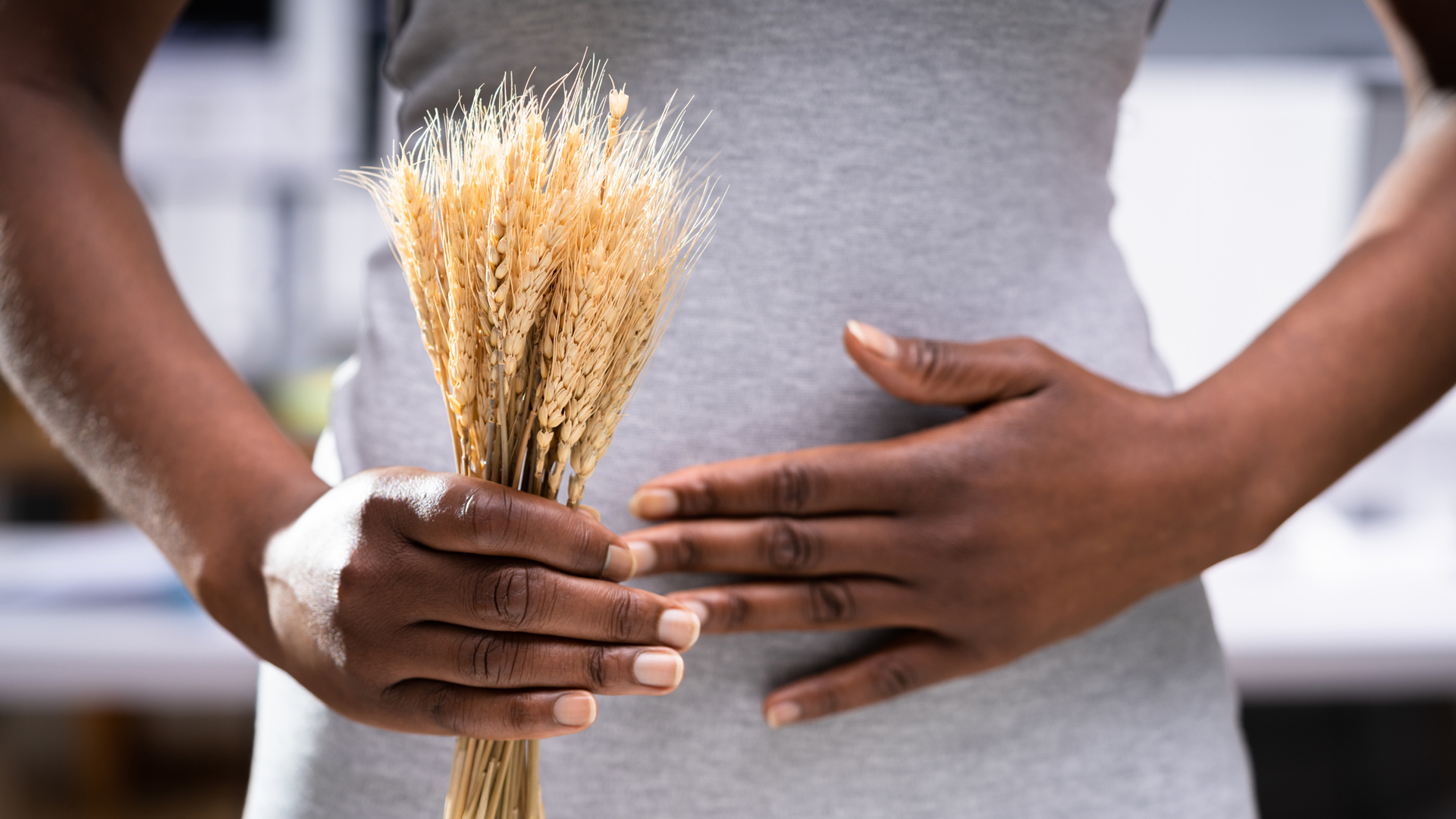
WHAT TO DO IF YOU ACCIDENTALLY EAT GLUTEN
If you have a gluten sensitivity or coeliac disease, you might know straight away after an accidental gluten intake. Here’s how to ease your symptoms.
See more





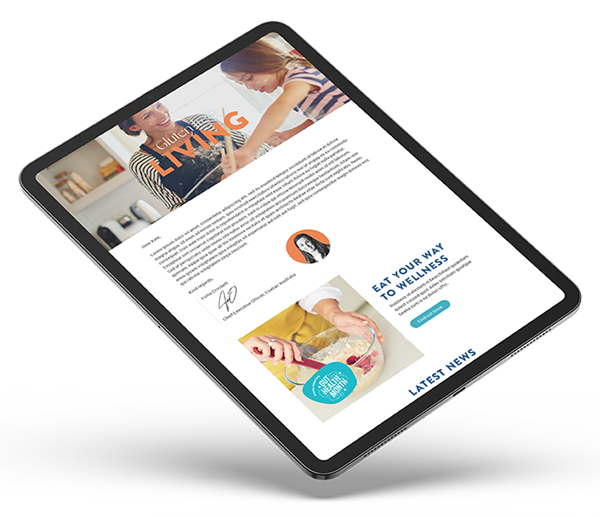








I agree that a universal standard needs to be established.
I would not think the Catassi study would be a valid scientific study with only 39 participants & no way of controlling how much gluten they consumed